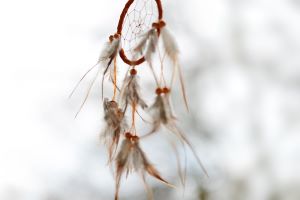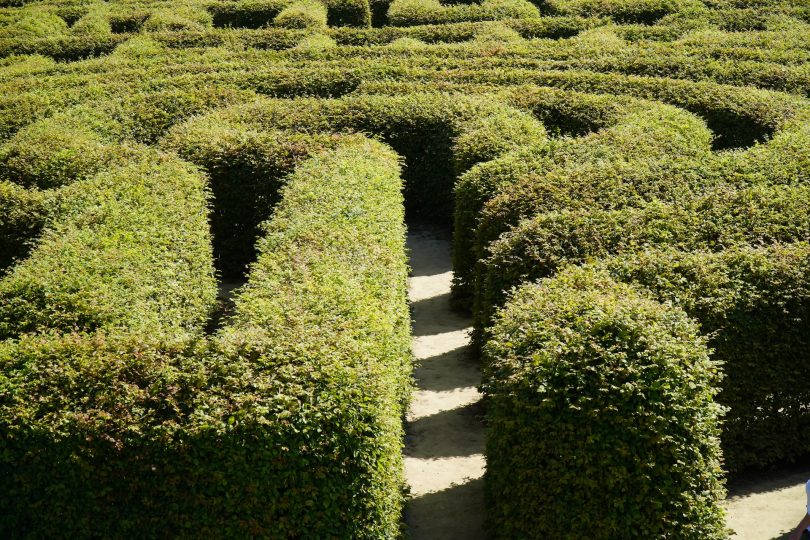A Spiral Journey Through Life.
Many Indigenous cultures used calendars to help them reflect the passing of the seasons – when to sow, cultivate, harvest, and when to rest – for farming peoples. These cyclical calendars were a guide to timing for finding certain foods, medicinal plants, or when to journey for Aboriginal and Torres Strait Island peoples. (University of Melbourne, n.d.). The First Nations peoples of North America also work with medicine wheels that incorporate the four cardinal directions and are used for observing the seasons, stages of life, and self-development for balance and wellbeing (National Library of Medicine, n.d.).
In Ireland, we too have a wheel of the year calendar. It has eight points: The four cardinal points mark the four sun festivals of the year: North and South mark the Winter and Summer solstices. East and West mark the Spring and Autumn equinoxes.
The four cross-quarter points hold our four major festivals: Samhain in the Northwest, Imbolc in the Northeast, Bealtaine in the Southeast, and Lughnasadh in the Southwest.

While the cardinal points relate to aspects of the Sun and are fixed, the major festivals are all connected to aspects of the Moon, so the dates vary each year. Samhain marks the last harvest and the end of the old year and the beginning of the new year – a time of letting go, of death, and occurs on a new moon. Imbolc signifies a time of planting, of birth/rebirth at the waxing moon. Bealtaine is a time of flowering, with the full moon, Lughnasadh marks the first harvest, at the waning moon. These ancient festivals were always 3-day festivals around the moon.
Today, they are all national holidays in Ireland.
There are many ways to work with this wheel. It can be viewed as a map of a year in our life, or of our whole life: Born at Imbolc, childhood at Spring Equinox, first love and the flowering of passion at Bealtaine, coming into our full life force at Summer Solstice, motherhood or creating at Lughnasadh, developing our inner self at Autumn Equinox, death at Samhain, and resting in the void at the Winter Solstice. Throughout our life, we walk a spiral path around the wheel of the year.
The spiral is one of the oldest symbols in Irish culture. As we consciously walk our spiral path through life, we focus on healing ourselves by becoming aware of our triggers and observing our reactions. As we clear old patterns of behaviour, we can often revisit the old triggers on deeper levels of our spiral path and it’s always a blessing when we can observe ourselves not reacting as we used to. It’s a sure sign that we are growing, healing, and raising our frequency.

We can also use the wheel as a tool of divination: Using the image of the wheel, close your eyes, focus on your breathing to calm your mind and body, then use a finger from your non-dominant hand to slowly trace around the wheel while asking your question. As your finger moves around the wheel, sense where it wants to stop. Then, open your eyes and see where you’ve landed – are you at the beginning, middle, or end of the cycle? For example, if you are working on launching a new course and you do this exercise and find that you’ve landed on the Spring Equinox, then perhaps there is more for you to dream and develop before you can harvest at Lugnasadh?
In Ireland we have ancient deities associated with each of the festivals and points of the wheel. From their myths and stories in our culture, they represent different archetypical energies. Developing personal relationships with the deities on the wheel can also assist us with our inner work. This wheel, the deities/archetypes, and their teachings form part of a course in The Way of the Seabhean – a four-year Celtic Shamanic Practitioner Apprenticeship.

References
National Library of Medicine, n.d.. Medicine Ways: Traditional Healers and Healing. [Online]
Available at: https://www.nlm.nih.gov/nativevoices/exhibition/healing-ways/medicine-ways/medicine-wheel.html
[Accessed 2nd January 2024].
University of Melbourne, n.d.. Indigenous astronomy and seasonal calendars. [Online]
Available at: https://indigenousknowledge.unimelb.edu.au/curriculum/resources/indigenous-astronomy-and-seasonal-calendars
[Accessed 2nd January 2024].
Main – Photo by Karolina Kołodziejczak on Unsplash



